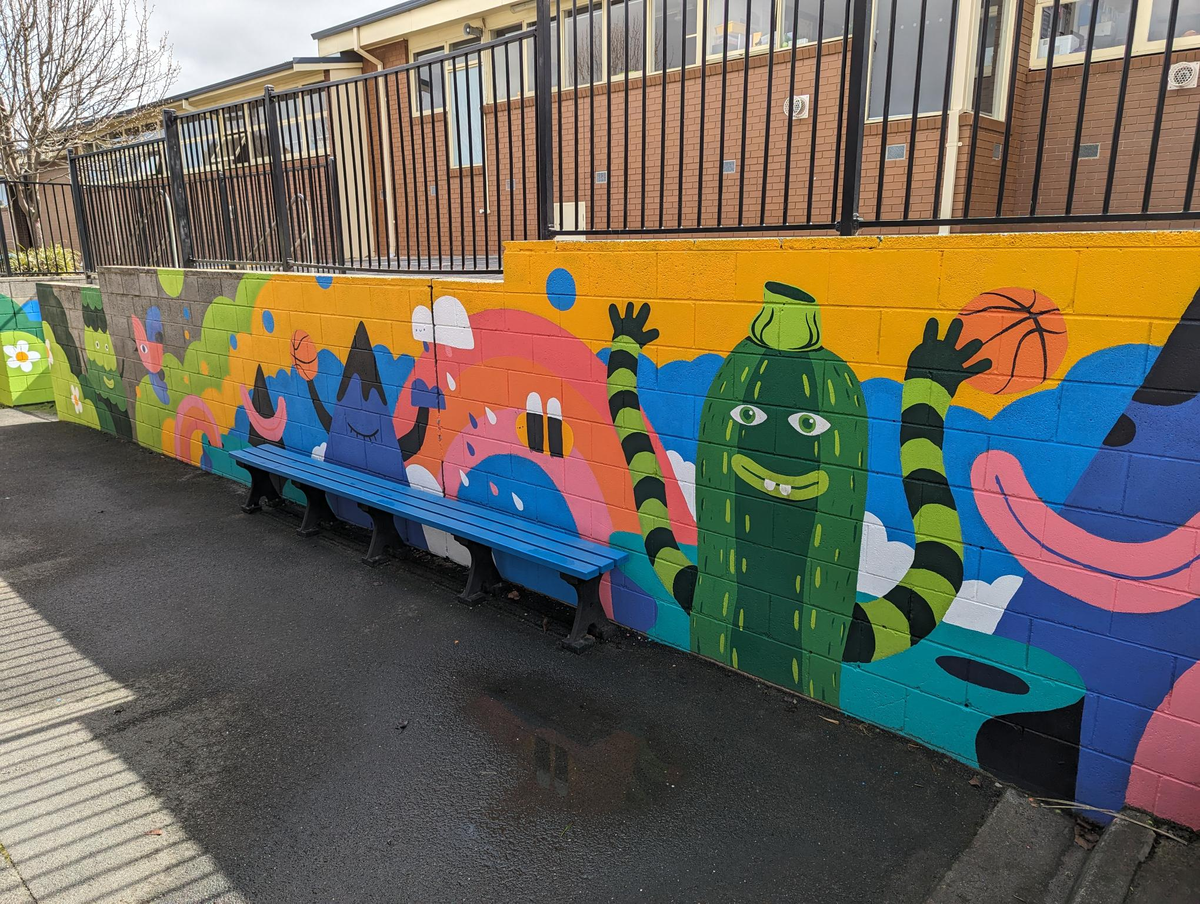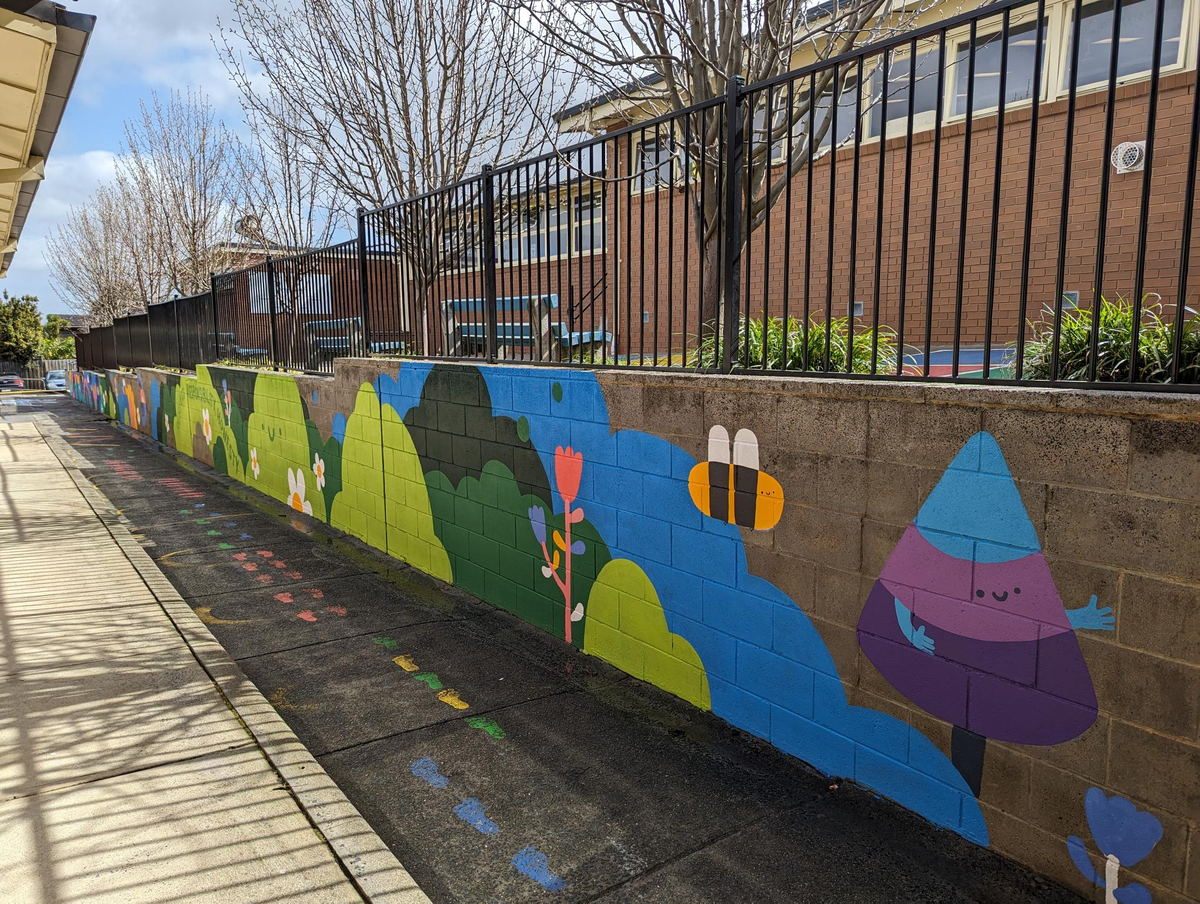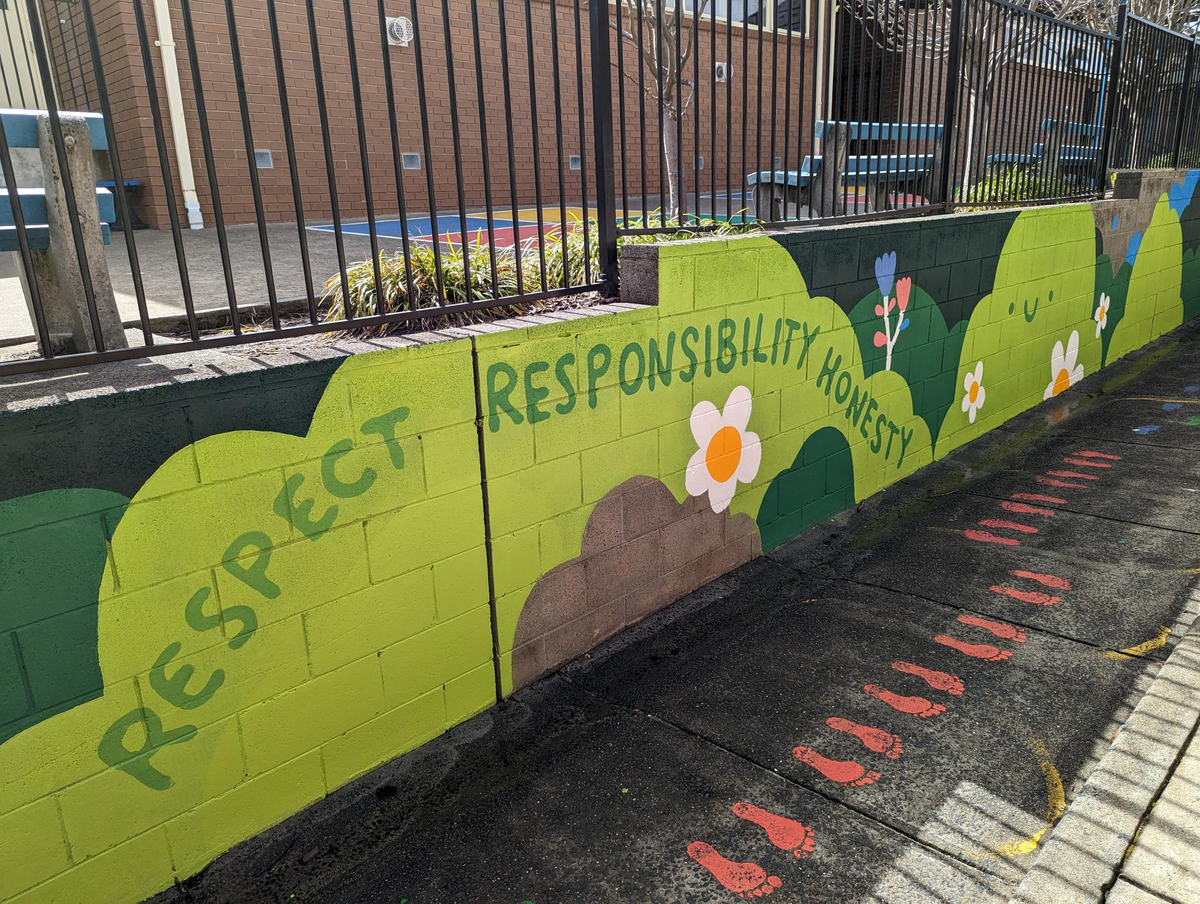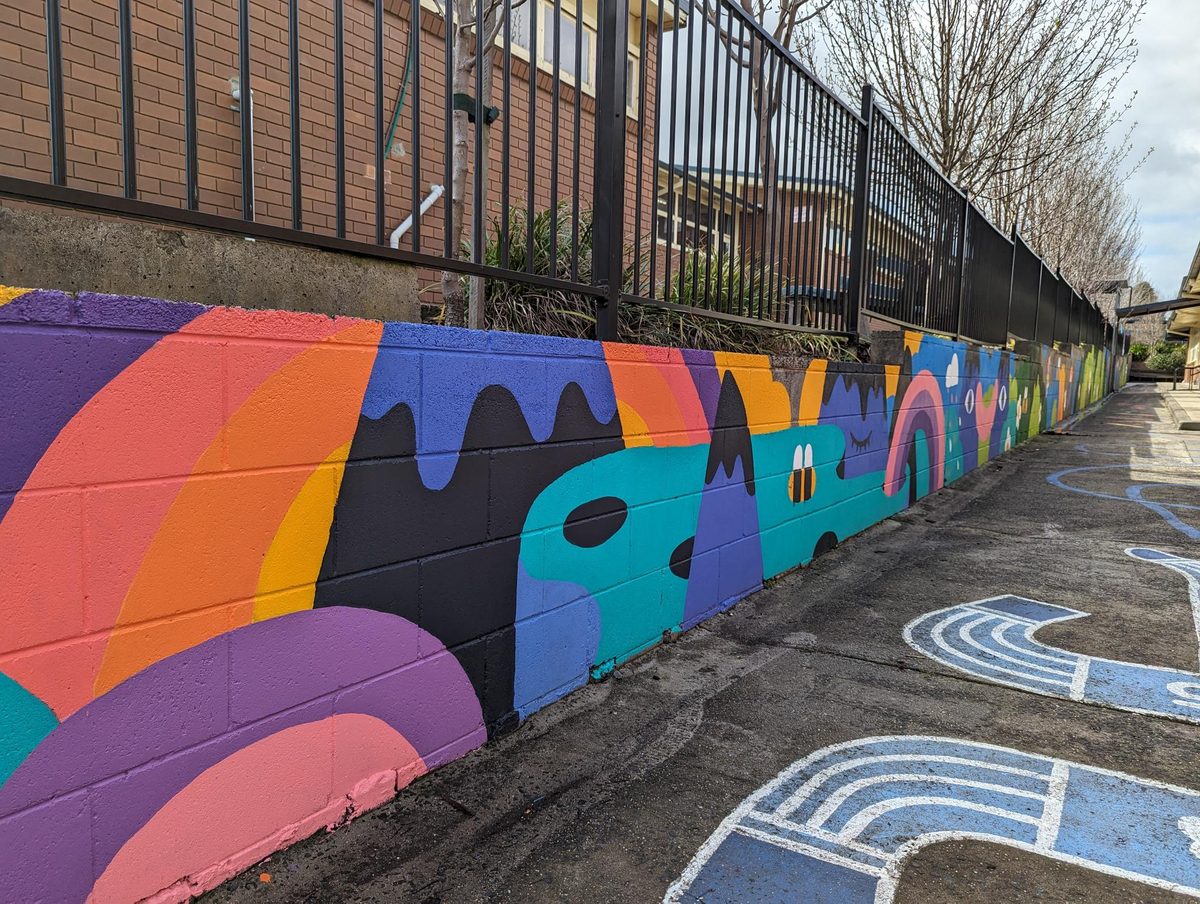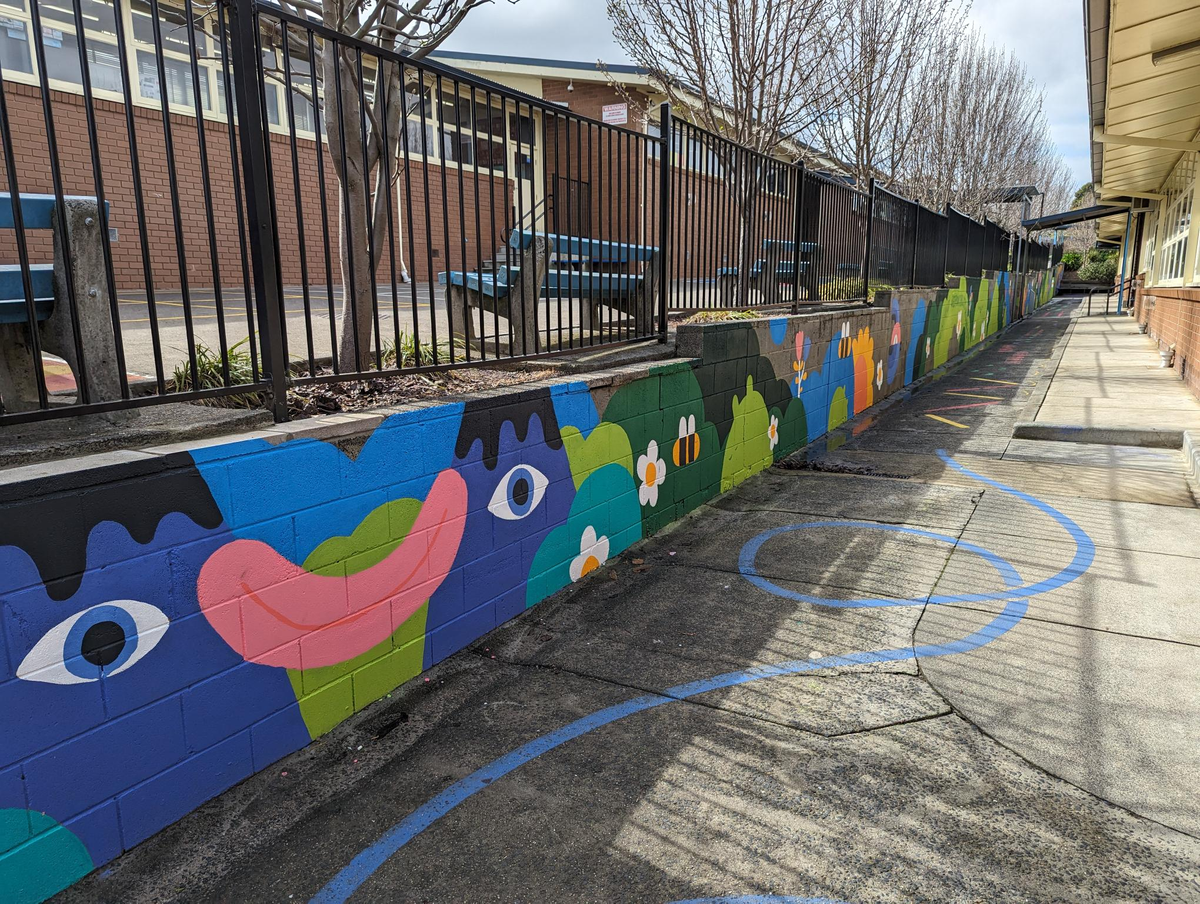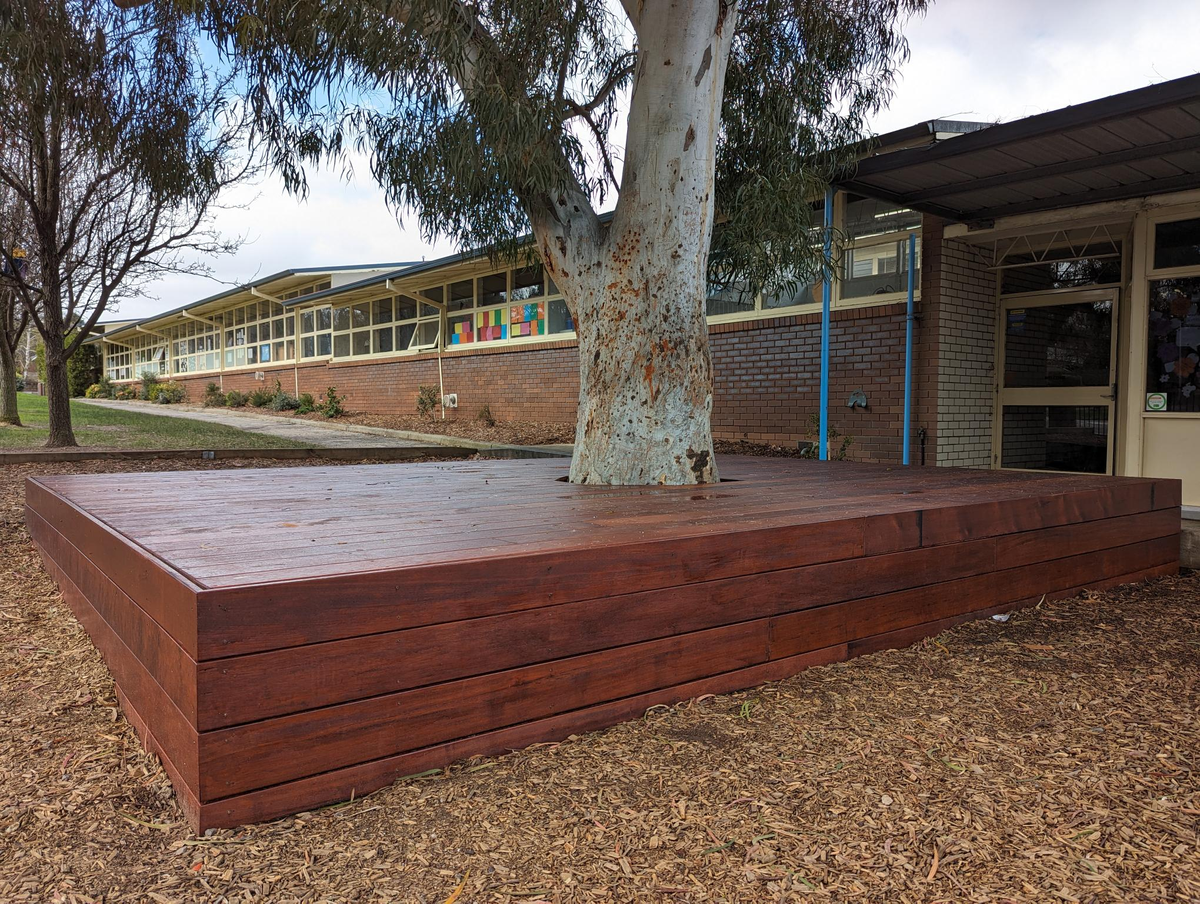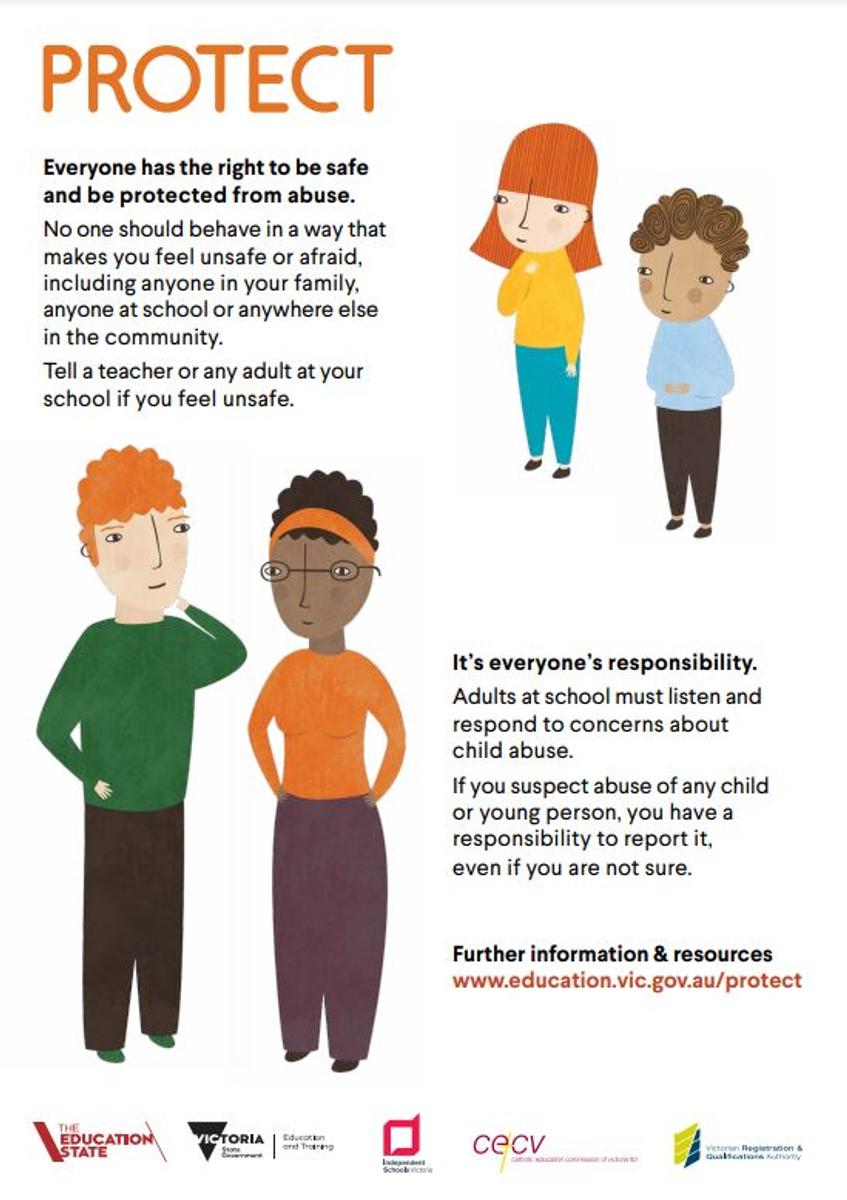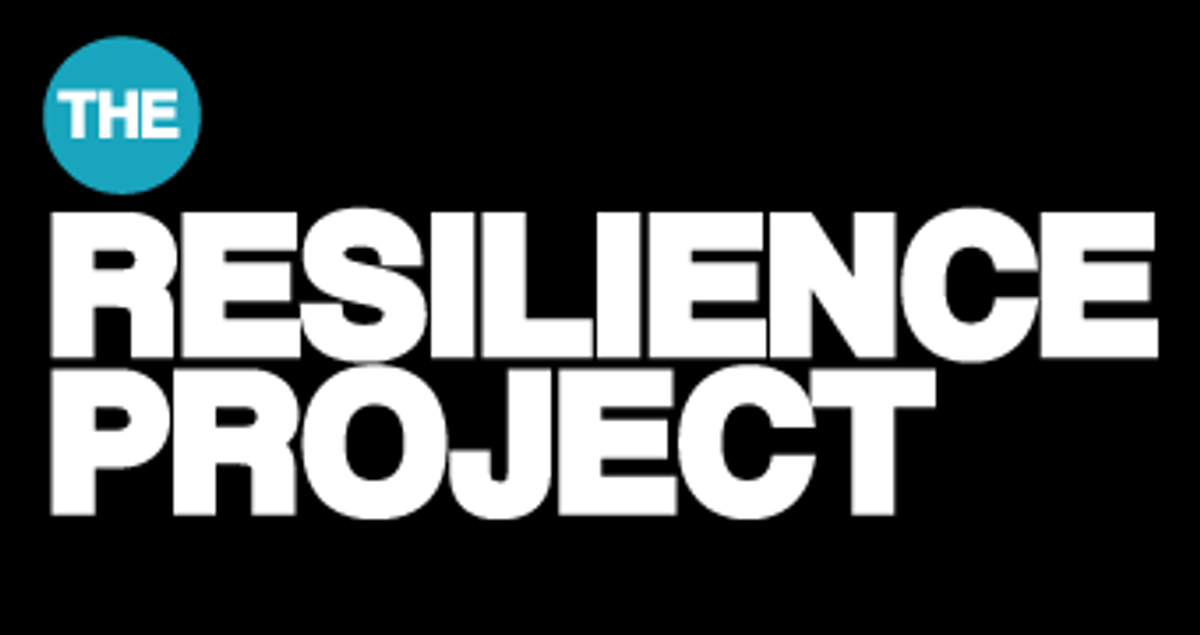Assistant Principal Katrina Spicer - Wellbeing
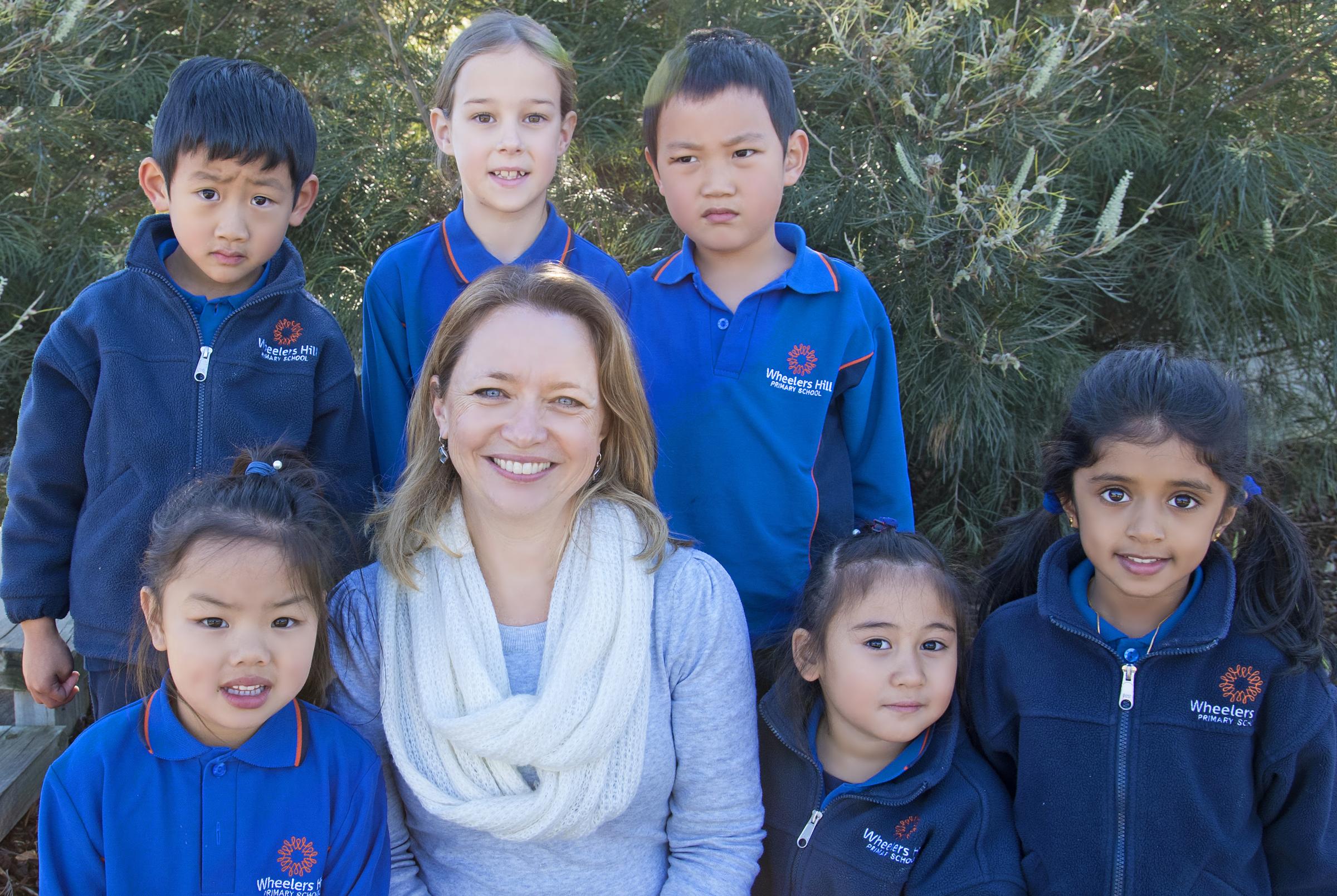
1st September 2023
SCHOOL IMPROVEMENTS
The mural along the brick wall between A block and B block was completed last weekend, and doesn't it look amazing! If you haven't already seen it, please make an effort to have a look. Thank you so much to the artist Bjarni from Happy Decay for his design and to Bjarni and Jason for completing the mural.
The platform around the large eucalyptus tree in front of OSHC has also been completed, which will provided a much needed space for the students who attend OSHC.
CHILD SAFETY and MANDATORY REPORTING
All organisations who work with children in Australia must abide by mandatory Child Safety Standards. These standards ensure organisations have policies and processes in place to protect children from abuse. Staff and School Council members receive training every twelve months and volunteers who work in our school will also be asked to complete some training in the form of a PowerPoint Presentation that is available via the Child Safety page on our website.
You may have noticed this Protect Poster on display in classrooms and in various locations around the school. Ensuring our children are safe is everyone's responsibility.
All school staff undertake Mandatory Reporting training every 12 months. In this training we learn how to identify signs of child abuse, and we learn that child abuse can take on many forms including physical abuse, emotional abuse, sexual abuse and neglect.
If a member of school staff suspects a child has been abused, they MUST report this to Child Protection, even if they are not 100% sure.
At school our students are encouraged to speak to a trusted adult if they feel unsafe. Students' concerns will always be taken seriously.
If you would like further information around physical punishment of children go to the Australian Institute of Family Studies website here.
TRP - PARENT AND CARER HUB
Through our school's subscription to The Resilience Project, WHPS families are able to access the TRP Parent and Carer Hub. On this website, Hugh and Martin from TRP unpack the crucial elements of Gratitude, Empathy, Mindfulness and Emotional Literacy, which have been proven to be essential to developing resilience and wellbeing in adults and children.
You can watch the videos and access activities and resources anytime via the Parent & Carer Hub.
You can also stay up to date with The Resilience Project news and events by signing up to their Newsletter.
Katrina Spicer
Assistant Principal for Wellbeing
katrina.spicer@education.vic.gov.au
THE HOW-TOs OF HEALTHY PARENTING
By Dr Justin Coulson
If there’s one thing, more than anything else, that our children need to thrive, it’s healthy involvement. It’s us. Being there. Not just for them, but with them. We don’t just have their back. We’re at their side… in healthy ways.
What Involvement Looks Like.
Involvement comes from the Latin: involvere. It means “to envelop, surround”, or literally to “roll into”. Involvement is showing love, warmth and affection. In a practical sense, involvement can be ferrying children from one activity to another or eating together; bathing a young child or having bedtime stories. It’s being across their academic, sport, or cultural experiences. How are they going at school or on their sports team? Are they aware that you care, and that you’re there to support them if they need you?
At a deeper level, involvement is being present in their spaces, their conversations, and their activities: their world. This involvement can often be (and probably should most often be) benign background involvement. Perhaps you’re in the kitchen while they’re in the living room or the back yar. But you’re present and aware. You’re having regular conversations to know about their daily discoveries, their friendships and their life. It’s also their involvement in your world. Are they cleaning their room with you, or peeling vegetables for dinner with you? Are they involved in dinnertime conversations with you, playing music with you, learning a new game with you and exercising with you? Our children want to be in our world, particularly when they’re young. Are your little ones – and your big ones – welcome at the diner table while you’re chatting with friends after a barbeque? Do they get to be involved in your work, your hobbies and even your chores?
Healthy vs Unhealthy Involvement
According to Professor Wendy Grolnick, a psychology researcher at Clark University in the USA, involved parents do three things:
- Invest time, attention and energy
- Gain knowledge about their children’s lives
- Provide support
The crux of this conversation comes down to how we do these things.
We can do this in a controlling way, or we can do it in an need-supportive way. Investing time, attention and energy into our child’s school experience can be helpful or harmful. It depends on how we do it.
When we invest time and attention in a controlling way, we pore over our children’s results, push our child to do better, corral them into extracurricular coaching and harangue them for failing to win the dux of kindergarten award! It’s that whole ‘parent harder’ kind of approach to involvement. The investment, the knowledge and the support are set up with the best of intentions. But it’s us setting the expected standard for them and pushing (sorry… supporting) them to achieve it because we have unilaterally determined that it matters.
There’s that intense and controlling involvement that undermines individual motivation and wellbeing. The involvement we share is targeted towards other ends rather than being an end in itself.
A form of involvement in schoolwork that supports relationship needs looks ore like us taking an interest, asking how they’re doing, and inviting them to think about how they’d like to do at school, and why. And it’s based on developmentally appropriate timing. Our sic-year-old doesn’t need to be chasing straight A’s! It’s not important for our Grade 3 child to be reading at a high-school level! But… if they love reading and happen to be doing well, great; because they’re volitionally seeking it. Perhaps they’re doing it for the sake of the activity itself. It lights them up. Learning is intrinsically motivating! Our support and involvement will facilitate rather than undermine the motivation.
In the mid-1980s, Professor Grolnick completed a study of mother with their one-year-old children. The mothers were asked to play with their children on the floor with a toy for three minutes while being video recorded. The results were analysed to show their style of involvement. The researcher found that mothers were involved in their children’s play in different ways. Some were controlling, trying to help their child play the ‘right way’. Others were supportive, exploring together and allowing their child to experience the natural delight that comes through their own discovery. Involvement that supports children’s sense of autonomy and positive relationship creates connection; that sense of being seen, heard and valued. Involvement that is controlling disrupts the experience of connection and autonomy.
This healthy supportive (but not controlling) involvement requires effort. We have to break away from the inertia of our screens, the couch or our agendas. We also have to break away from the inertia of our upbringing, our insecurity, our ego and our desires for our children to fulfil their potential based on our preferences. Instead we need to focus on just three things:
- Competence. Support their competence needs by developing structures and boundaries with them.
- Connection. Helping our child feel seen, heard and valued, and
- Autonomy support. Giving our children a voice and the freedom to figure things out.
Kids thrive under these conditions. And we become better parents.
This is an edited extract from The Parenting Revolution, the new book out now by Dr Justin Coulson.

